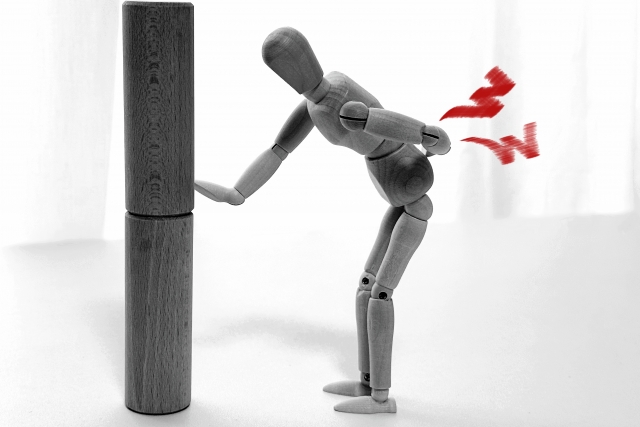I will be presenting a series focusing on symptoms that can be significantly addressed through chiropractic care. For the first installment, let’s delve into a common ailment that many have experienced: ‘Lumbago’ or ‘Low Back Pain’.

Acute lower back pain, commonly known as “lumbago” or “lumbago attack,” is a condition caused by various factors. Particularly in seasons characterized by drastic temperature fluctuations, such as the current one, one must exercise special caution. Recently, there have been significant fluctuations in temperatures, where it can suddenly drop by around 10 degrees Celsius after feeling warm for a while. Such rapid changes in temperature can often lead to physical discomfort as the body struggles to adapt.
Many symptoms associated with lower back pain are often accompanied by muscle tension. When the body senses cold, the contraction of capillaries occurs, leading to decreased blood flow to the muscles. Additionally, prolonged periods of inactivity, such as desk work, can cause cooled venous blood to flow downward, reducing flexibility. In such circumstances, the body’s adaptability to movement decreases, making simple actions like abruptly standing up from a chair or bending to put on shoes more likely to cause back strain.
Some might argue, “But I’m working from home, and my home is heated, so I don’t feel cold.” However, the coldness I’m addressing here primarily concerns the cooling effect on the blood. Despite warming the air indoors, warm air tends to rise, leaving the lower extremities potentially chilly. Engaging in extended desk work under such conditions, even with heating, can result in cooled lower extremities (venous blood tends to be cooler), leading to impaired blood flow and decreased muscle flexibility. (Of course, the most concerning aspect remains the lack of physical activity, especially during telecommuting.)
Women, in particular, often experience cold extremities, so many may already be taking precautions. However, even if one keeps warm, stagnant blood flow (with no increase in heart rate) due to prolonged static postures may still lead to conditions like lumbago.
As preventive measures during work, consider exercises such as pelvic tilts while seated, toe tapping, and opening and closing thighs, maintaining a focus on “joints, muscles, and blood flow.” Additionally, ensure to soak in warm water at least an hour before bedtime to warm up the body (and blood) for better sleep quality.
If one still experiences lumbago, please visit Spine Chiropractic, conveniently located a 1-minute walk from the Tokyu Toyoko Line’s Basha-michi Station, a 7-minute walk from Nihon Odori, and a 9-minute walk from JR Kannai/Sakuragi-cho stations.